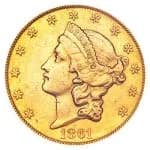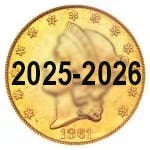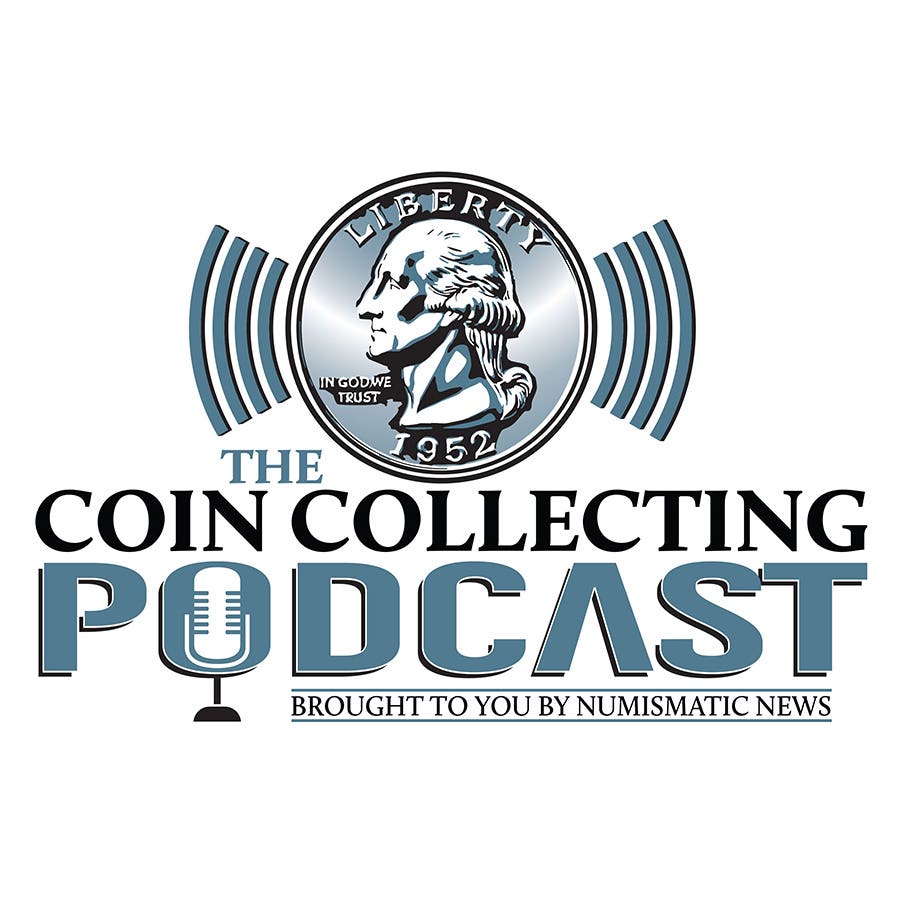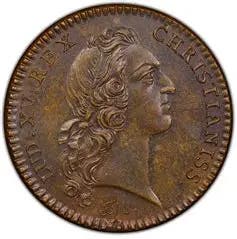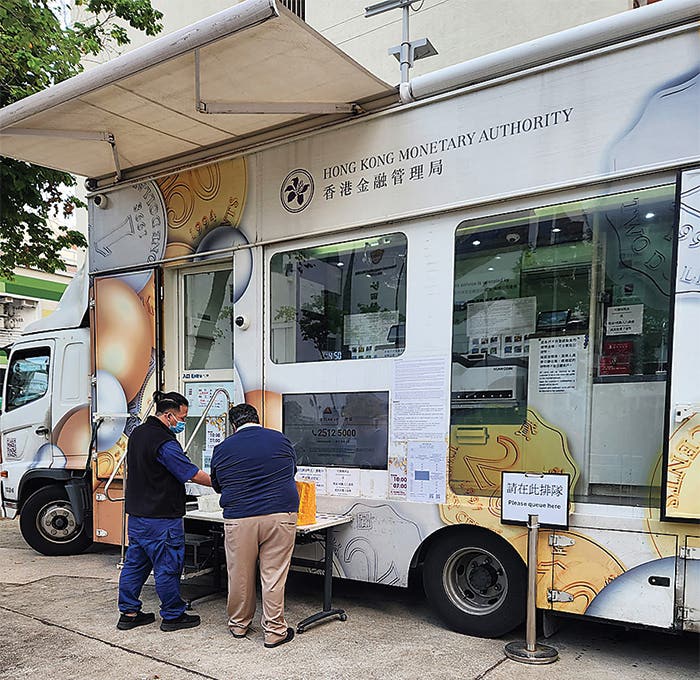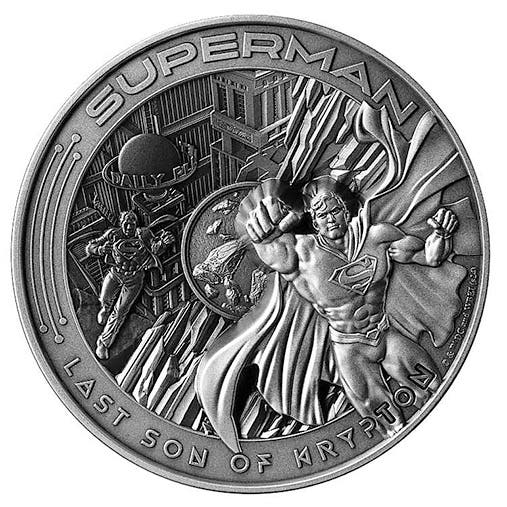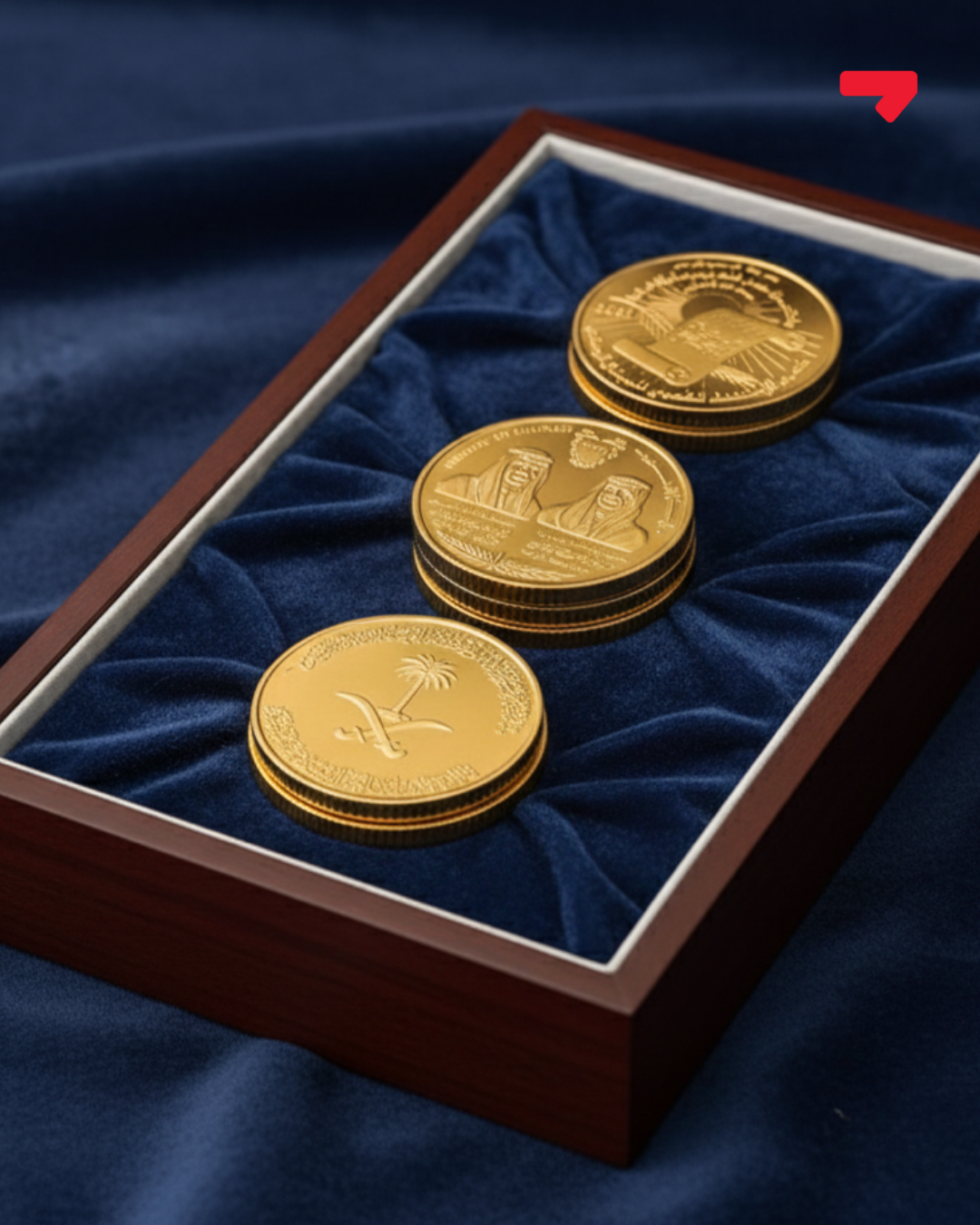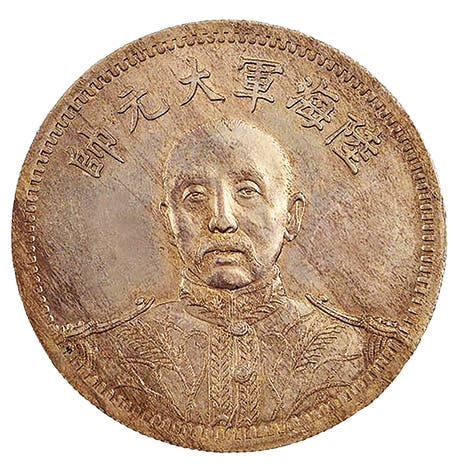A Farewell to the Lev: Bulgaria’s Road to the Euro
Bulgaria takes the final step toward the adoption of the euro in the new year, becoming the 21st member of the eurozone.
On June 4, 2025, Bulgaria received the long-awaited approval from the EU Commission and the European Central Bank to adopt the euro on January 1, 2026, and become the 21st member of the eurozone. This decision marks the end of the Bulgarian lev (BGN) as the national currency.
For coin collectors, the transition signals the close of a historic chapter and the beginning of a new one. This article offers a concise retrospective of the lev’s journey since its introduction in 1881, highlighting key developments in Bulgaria’s coinage history while placing the upcoming currency shift in a broader numismatic and economic context.
Bulgarian Coinage Through the Ages
Greek silver coins from Thrace and Macedonia began circulating in today’s Bulgaria as early as the 5th century B.C. Coastal Greek colonies minted their coins, while Thracian tribes produced imitations. Following the conquest in 46 B.C., Roman coins became the dominant currency, although some cities continued to issue their bronze pieces
During Byzantine rule and the First Bulgarian Empire, foreign coins remained common. Native minting resumed under the Second Bulgarian Empire (1185–1396), with copper and silver coins featuring both Christian and royal motifs. Ottoman rule ended this era, bringing Turkish coins into circulation.
The First Lev (1881–1952)
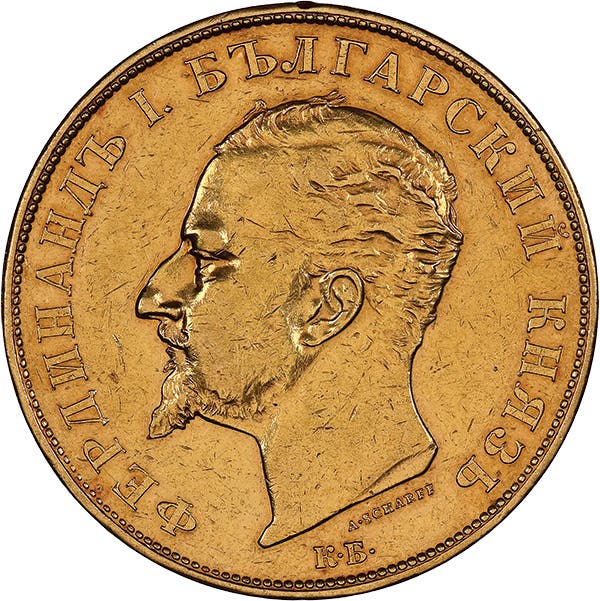

After gaining independence in 1878 from the Ottoman Empire, Bulgaria introduced the lev (named after the country’s national symbol, the lion) in 1881, and it became the official currency. Subdivided into 100 stotinki, early coinage was limited and used base metals. It was initially pegged to the French franc and matched the gold content and standards of the Latin Monetary Union. This tie placed Bulgaria within the international gold standard, reflecting the country’s early commitment to monetary stability.
The bronze and silver coins were modeled after European designs. Larger denominations bore portraits of monarchs and the national lion emblem, while smaller coins showed value numerals in wreaths. In 1894, Bulgaria experienced economic growth and issued gold coins.
The 20th century brought disruption. Bulgaria suspended the gold standard during WWI, stopped minting silver by 1916, and began to use zinc in small coins in 1917. A brief recovery in the 1920s saw the introduction of new coinage in aluminum and copper-nickel. In 1930, high-value silver coins (20, 50, and 100 leva) were introduced, which are now prized by collectors.
World War II had a profound impact on Bulgaria’s coinage. While 20- and 50-leva coins were still struck in copper-nickel in 1940, metal shortages forced a shift to iron for smaller denominations in 1941. By 1943, coins were made from nickel-plated steel, marking the final issues of the first lev. From the war’s end to 1952, inflation and material scarcity led to the end of coin production, which was replaced by bank notes.
The Second Lev (1952–1962)

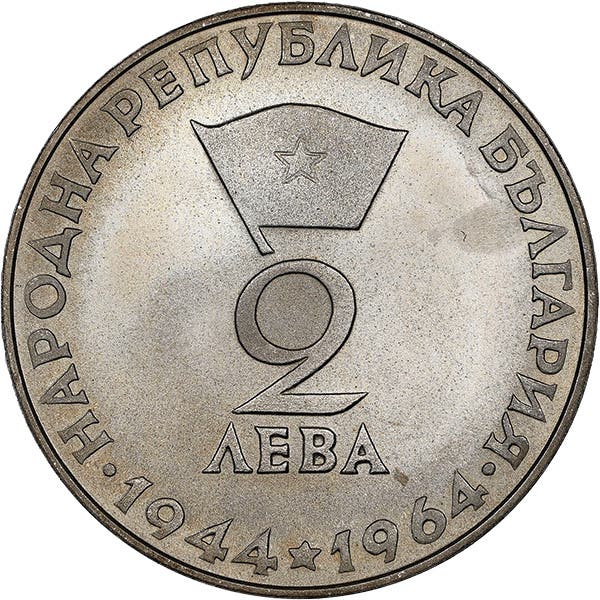
To combat inflation, Bulgaria introduced the third lev in 1962 at a rate of 10:1. Though stable on paper, it wasn’t convertible and traded poorly on the black market. The coins were modeled after Soviet designs, featured updated emblems, and came in a new series of aluminum-bronze and nickel-brass.
In the 1970s and 1980s, many 2-lev commemoratives were issued, often linked to national anniversaries. Higher denominations (5–20 leva) also circulated, sometimes minted in silver or gold. After communism fell in 1989, coins were redesigned, but inflation rendered them nearly worthless. The lev was pegged to the Deutsche mark in 1997, and the third lev was replaced in 1999 at a 1,000:1 rate.
The Fourth Lev (Since 1999)
Bulgaria introduced the fourth lev BGN in 1999, pegged first to the deutsche mark, then to the euro at a fixed rate of 1 EUR = 1.95583 BGN. This stable rate remains in place until euro adoption.
The new coin series (1 to 50 stotinki) featured the Madara Rider, a national symbol from the 8th century. The coins combined traditional imagery with EU-style elements, such as a semicircle of twelve stars, thereby reflecting Bulgaria’s long-standing European interests.
Since 1999, Bulgaria’s stotinki coins have been issued only occasionally. Most bear the years 1999, 2000, or 2002, with no later dates for circulation. Mintage was minimal; only 1.28 million 1-stotinka coins were produced, fewer than one per five people.
This rarity reflects their limited use in daily transactions. Rounding and a shift toward bank notes or digital payments have made these small coins largely obsolete in everyday life.
Initially, there was no 1-lev coin; only a bank note existed. However, in 2002, Bulgaria introduced a bimetallic 1-lev coin to replace it, which is similar in design to the euro coin. It features Bulgaria’s patron saint, St. Ivan of Rila (876–946), along with his name and life dates. This choice highlights Bulgaria’s Christian heritage; the saint had also appeared on the old bank note. Around 25 million coins were minted in 2002, but no further dated issues were produced afterward, making it a one-year design that remains in use to this day.
In 2015, Bulgaria introduced the 2-lev coin to replace the bank note; another bimetallic piece, this time resembling the 2-euro coin in size and structure (a gold-colored core and silver ring). It features Paisii Hilendarski (1722–1773), a key figure in Bulgaria’s National Revival and a prominent spiritual writer. Like the 1-lev coin, the 2-lev coin was minted only once, in its launch year. With no additional issues since, both coins have become modern rarities in everyday circulation.
Unlike eurozone countries that use only the €2 coin for changing commemorative designs, Bulgaria took a different path. Over the past two decades, it has issued three 50 stotinki coins with special themes, and each has entered general circulation. These “half-lev” coins marked Bulgaria’s key milestones on its path to joining NATO and the EU, reflecting national pride through modest denominations.
Circulating commemoratives remained rare. Only in 2018 did Bulgaria issue another one: a 2-lev coin celebrating its presidency of the Council of the European Union. Featuring the official 2018 logo, it was released in a run of 500,000 coins and remains the only commemorative 2-lev coin put into everyday use
Commemorative Coins
Beyond circulation, Bulgaria has issued a diverse range of collector coins in silver and gold, often featuring color or partial gilding. Two standout pieces from 2005 and 2007 featured the unusual face value of 1.95583 leva, matching the euro exchange rate. These coins marked EU milestones and symbolized Bulgaria’s early commitment to adopting the euro.
In 2002, a rare gold version of the 1-lev coin was issued, mirroring farewell editions in other pre-euro nations. Over the past two decades, Bulgaria’s program included copper 2-lev coins for national artists, mini gold coins for the 2004 Olympics, color-enhanced coins, and silver-gilt 10-lev pieces, alongside gold coins up to 100 leva.
Photographs courtesy of the author.
Toward the Euro
Bulgaria committed to the euro upon joining the EU in 2007, initially targeting adoption by 2012. Economic setbacks and a banking crisis delayed the process for over a decade. It wasn’t until July 2020 that Bulgaria joined the European Exchange Rate Mechanism, and only with positive convergence reports in June 2025 was euro adoption set for early 2026.
For collectors, the transition is also a historic event. Bulgaria’s euro coins will retain familiar national designs with the Madara Rider on the 1-cent coin, St. Ivan of Rila on the €1 coin, and Paisii Hilendarski on the €2 coin. All inscriptions will appear in Cyrillic, including the country’s name and denominations. With a patriotic touch, the €2 coin’s edge will read “Боже, пази България” or “God Protect Bulgaria.
Why the Euro Launch Matters for Collectors
With the euro’s adoption, Bulgaria’s independent currency will come to an end after nearly 145 years, marking a historic farewell for collectors of lev coins. At the same time, a new era begins with the release of Bulgarian euro coins. This raises the question of how many will be minted? That depends on the volume of issuance set by EU authorities. Bulgaria, with a population of 6 million, ranks between Finland and Austria, countries whose euro coins are not uncommon but still sought after by collectors. Croatia, for instance, issued hundreds of millions of coins in 2023 despite having only half of Bulgaria’s population. Unless the EU mandates a large mintage, Bulgarian euro coins may become modern rarities in the broader eurozone.
You may also like:

